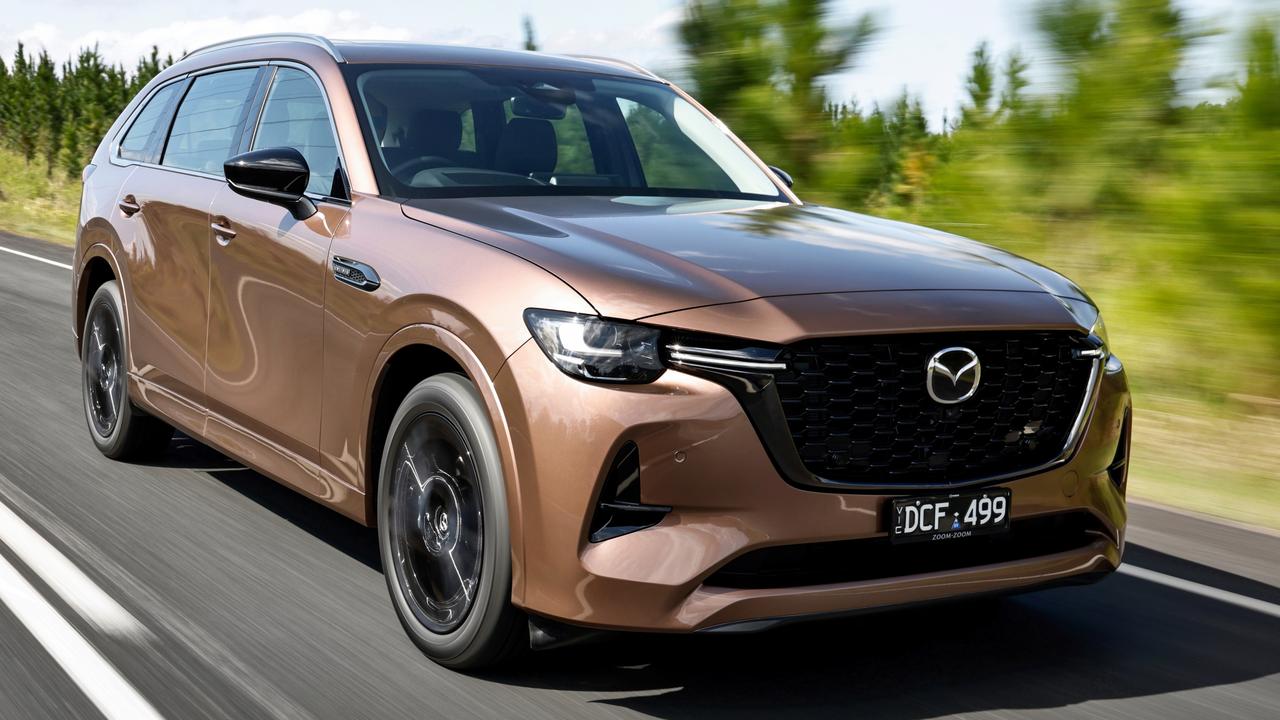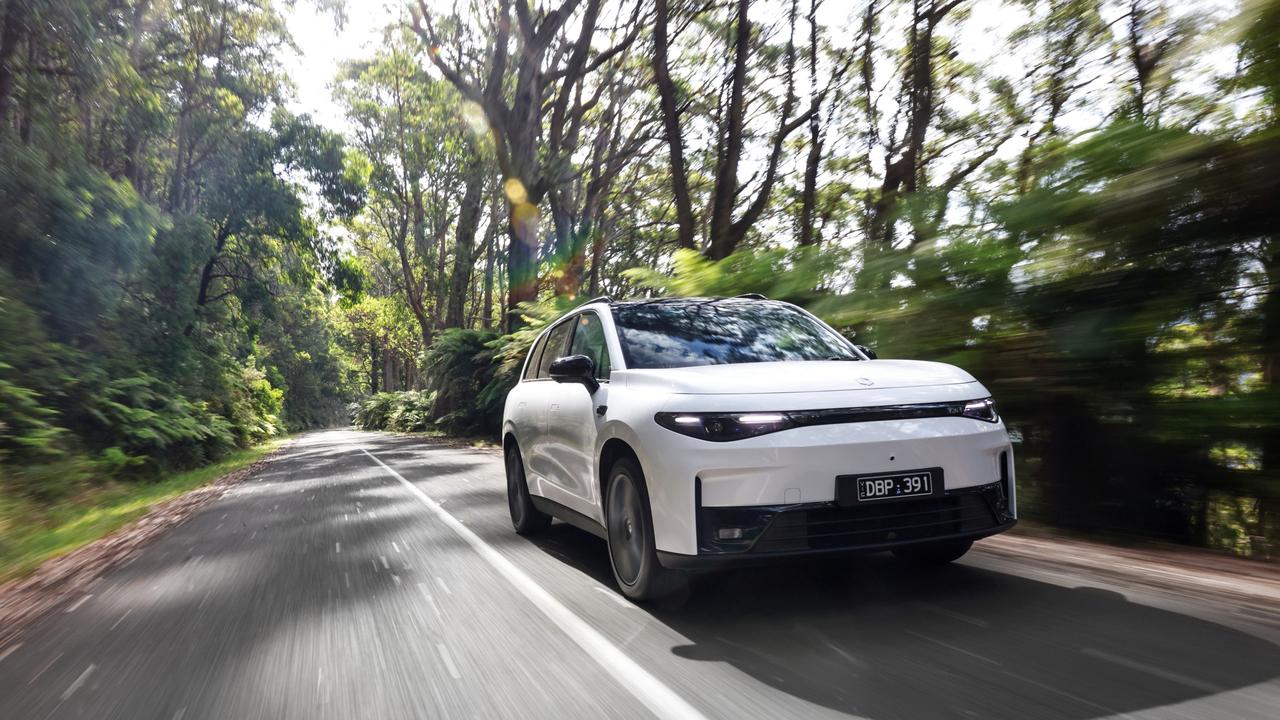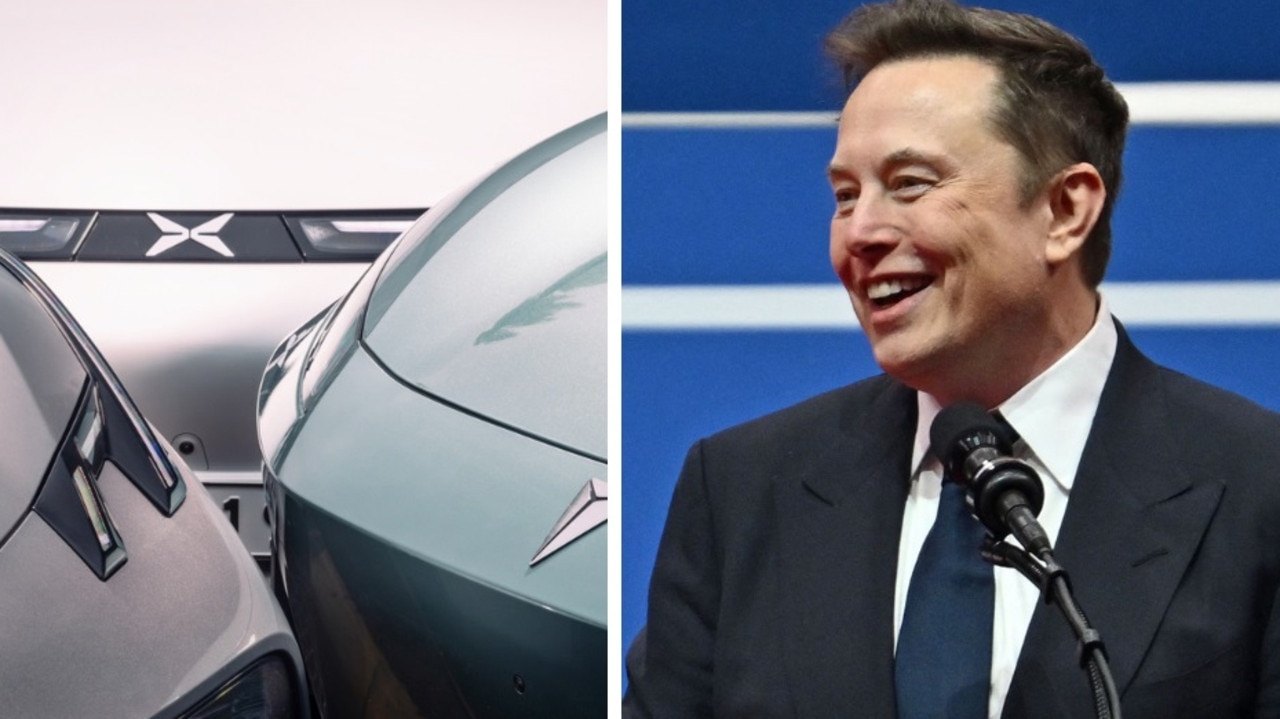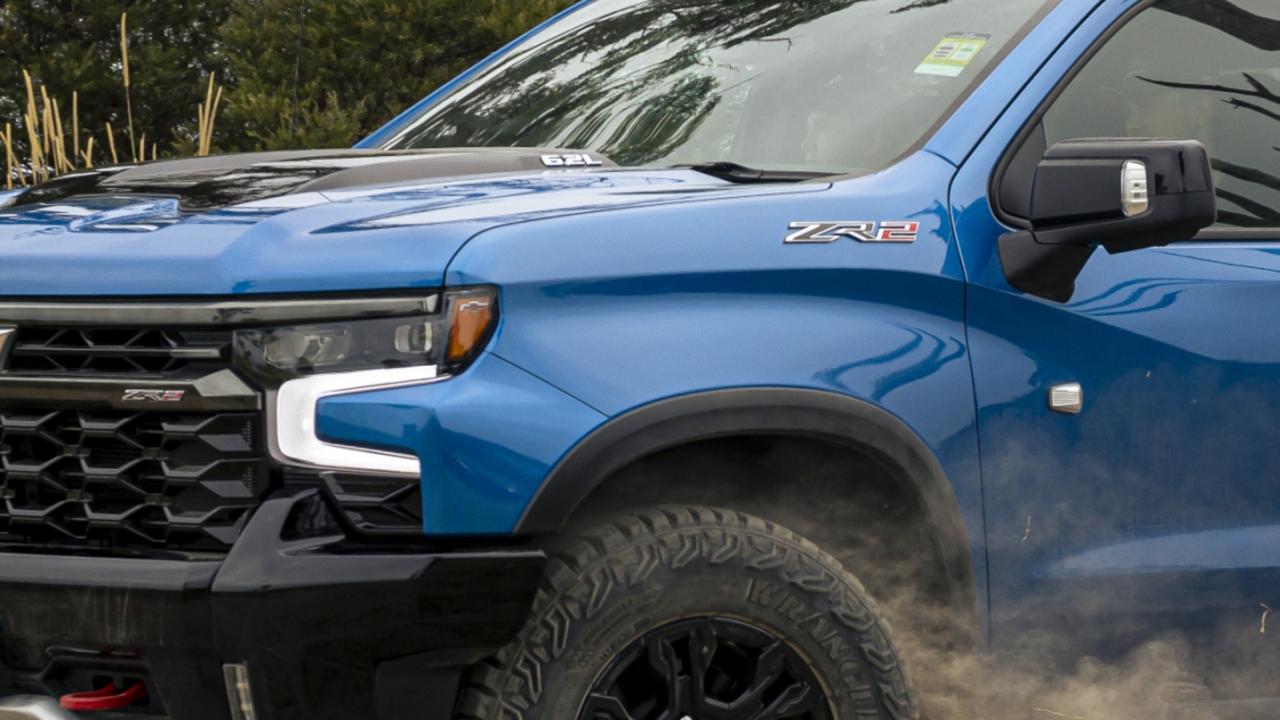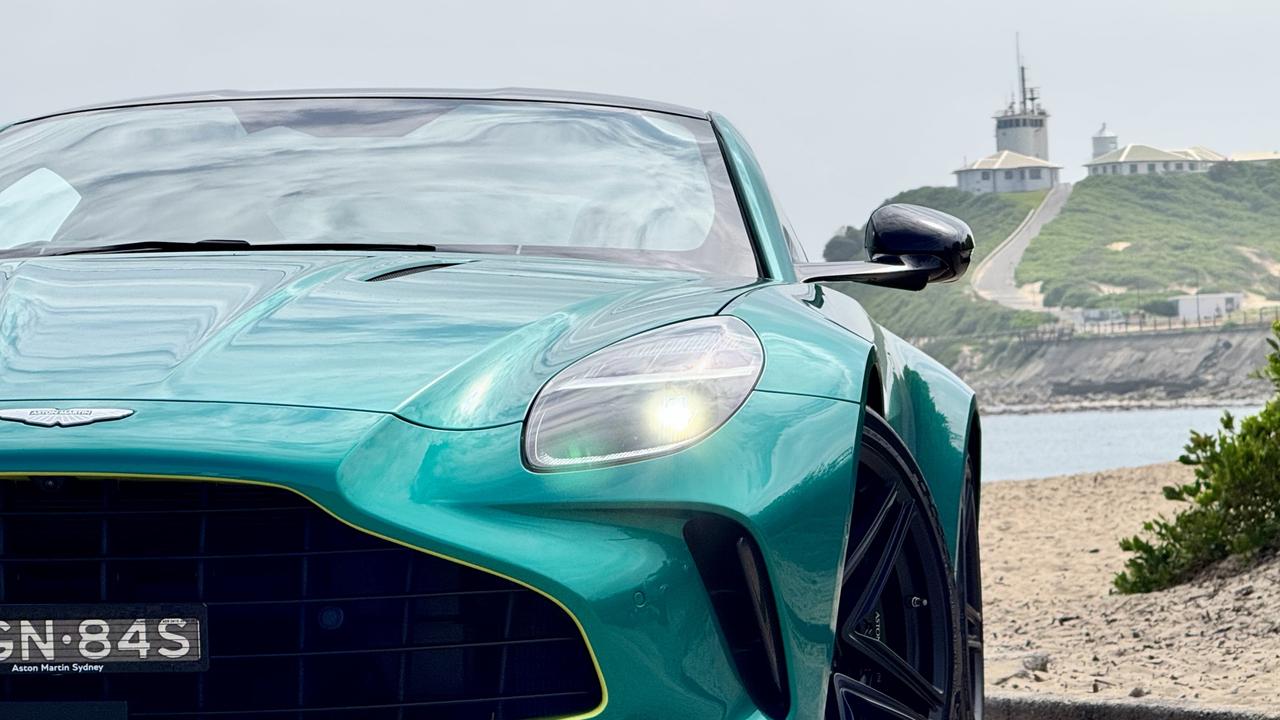2021 Mazda MX-30 review: SUV let down by poor range and high price
The popular Japanese brand’s latest hi-tech machine is a great looking and stylish SUV, but there are two big things holding it back.
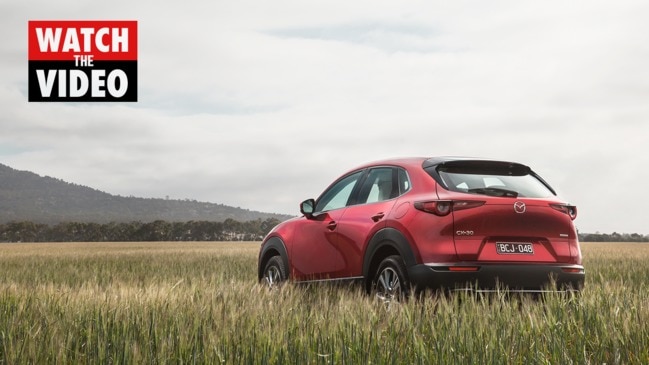
New Cars
Don't miss out on the headlines from New Cars. Followed categories will be added to My News.
Mazda’s electric MX-30 makes a strong first impression. Eye-catching looks combine with a beautifully finished cabin built with sustainability in mind. There is man-made leather in place of animal hide, plant-based cork instead of glossy plastic, and raw-looking trim made from recycled bottles.
But it’s less impressive under the surface.
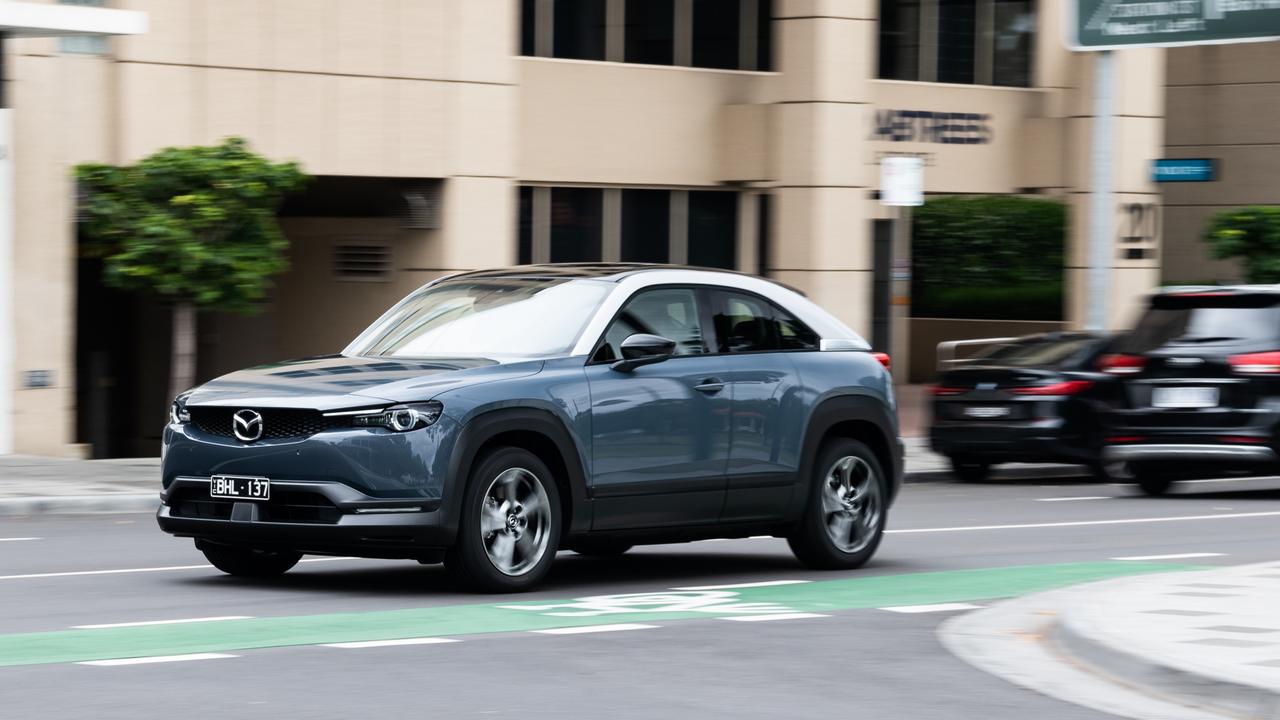
Wearing the same “Mazda Experimental” badge as the highly-regarded MX-5 sports car, the brand’s first electric car takes a different path to rival machines.
Priced from $65,490 plus on-road costs – about $71,000 drive-away – there is one highly-specified electric model available.
It combines the swoopy roofline of a coupe with the blocky stance of an urban SUV and rear-hinged back “suicide doors” last seen on its BMW’s i3 electric runabout.
You also get a Volvo-esque floating centre console, a low-mounted climate control touchscreen similar to a modern Audi or Range Rover and a BMW-style remote controller for its wide-screen infotainment system.
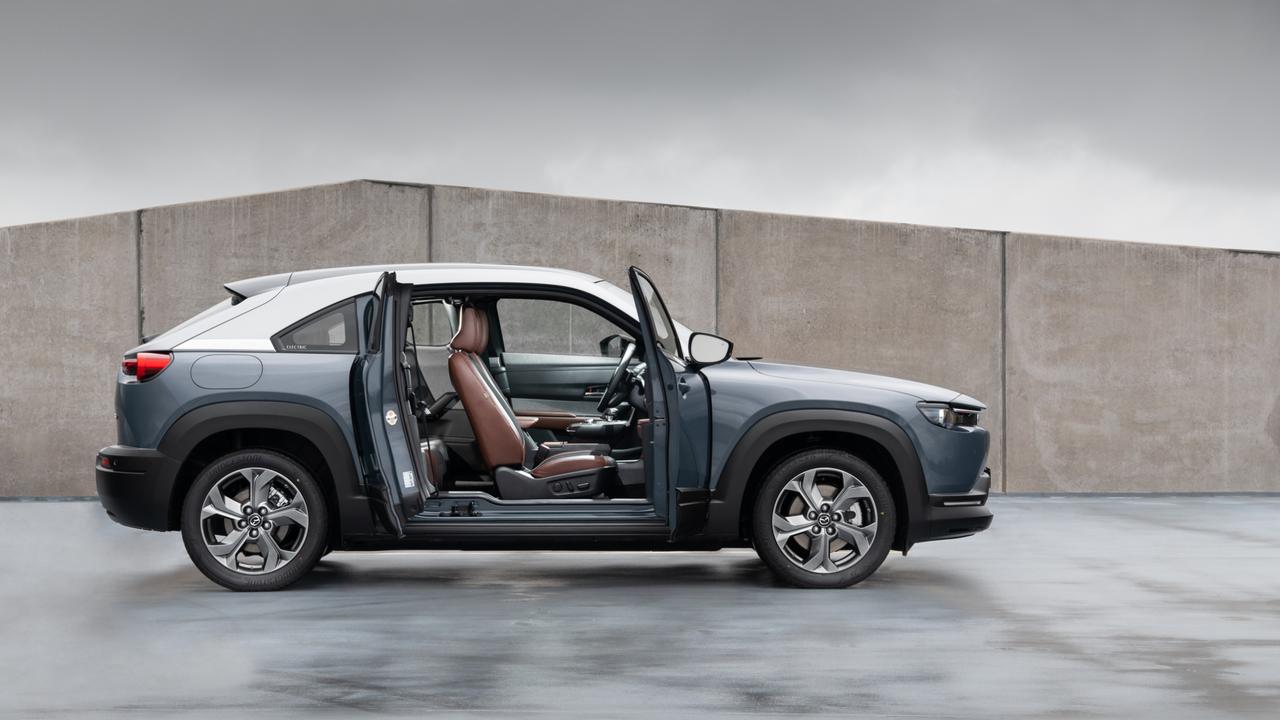
Wireless charging is standard, as is Apple CarPlay and Android Auto smartphone mirroring, satnav and a 12-speaker Bose stereo.
Mazda played it safe with a combined analog-digital dashboard instantly familiar to folks with experience in its recent models. Fake engine noise plumbed into the cabin helps electric car debutantes feel at home.
The MX-30 represents one of the safest cars in its class thanks to 10 airbags backed by front and rear auto emergency braking, blind-spot monitoring, lane-keeping assistance and rear cross-traffic alert.
Those aids are necessary, though, as over-the-shoulder visibility is compromised by the car’s roofline.
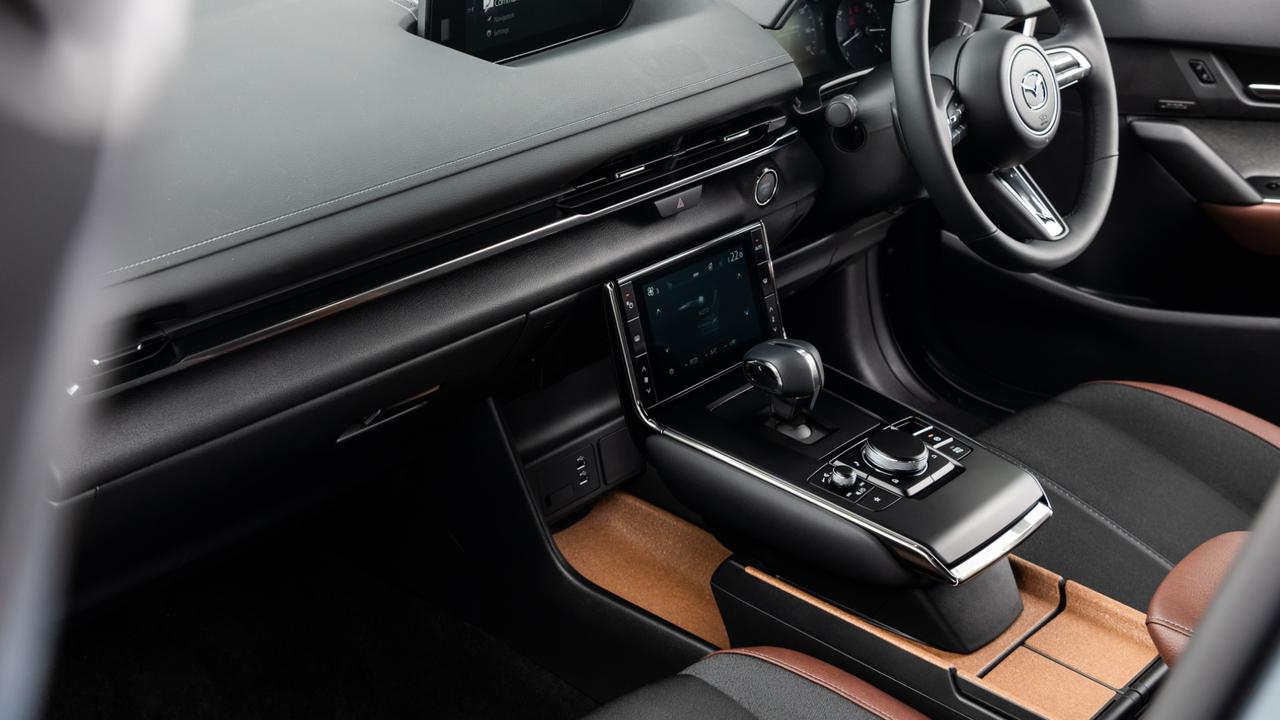
Headroom and legroom for back seat passengers are also compromised and getting into the back seat is tricky – front doors need to be open before you unlatch the tiny rear doors to squeeze into the back seat.
Its boot is also much smaller than most cars this size and price.
Mazda doesn’t expect customers to buy these for the school run and they’re unlikely to be picked for cross-country road trips.
Fuelled by a compact 35.5kWh battery, the MX-30 only has 224 kilometres of claimed range – or 200 if you go by the stricter (and arguably more accurate) WLTP measurement standard.
Its maximum charging rate is 50kW, half what you get in a similarly priced Nissan Leaf or Hyundai Kona Electric.
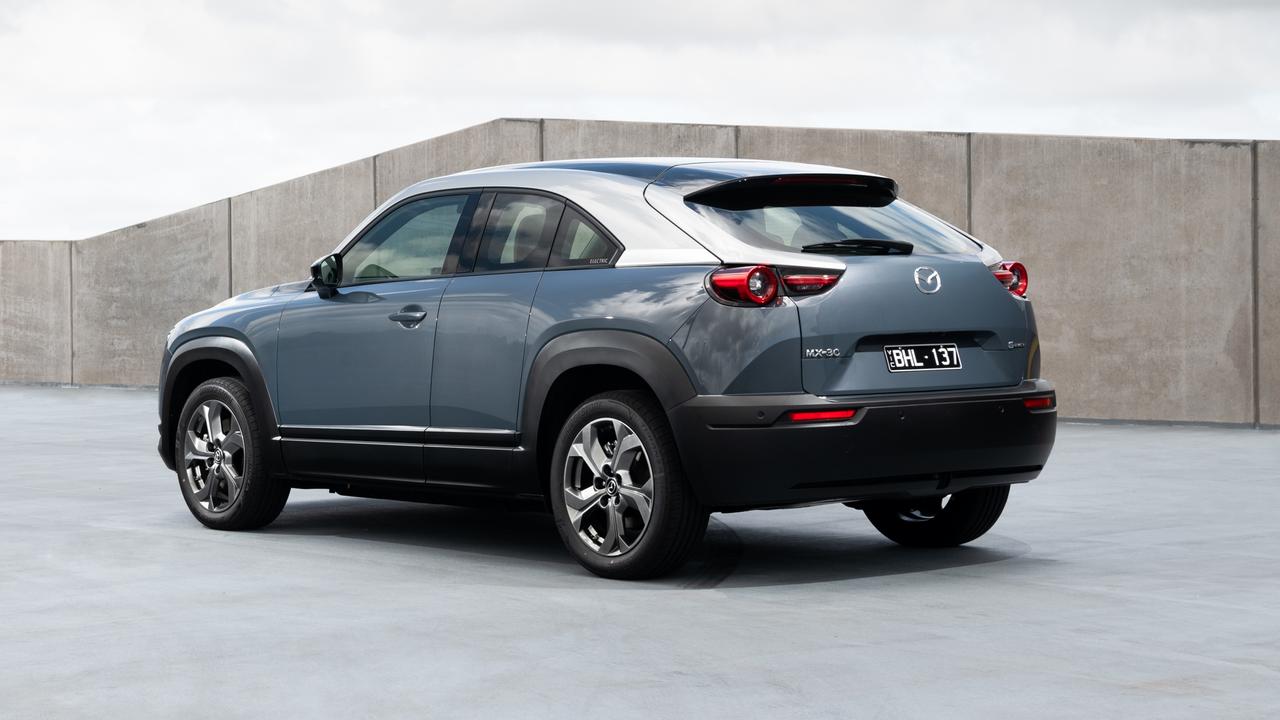
That means it takes longer to charge than rival machines, kilometre for kilometre. Budget at least 36 minutes to take the battery from a 20 per cent to 80 per cent charge.
Mazda says its smaller battery is less environmentally damaging to build than bigger units, making it greener over the car’s total life cycle. A petrol-fuelled on-board range extender generator is under consideration for the future.
In any case, the small battery helps keep weight down, delivering a breezier experience than heavier rivals.
Powered by a single motor sending 107kW and 271Nm to the front wheels, the MX-30 needs 9.7 seconds to reach 100km/h.
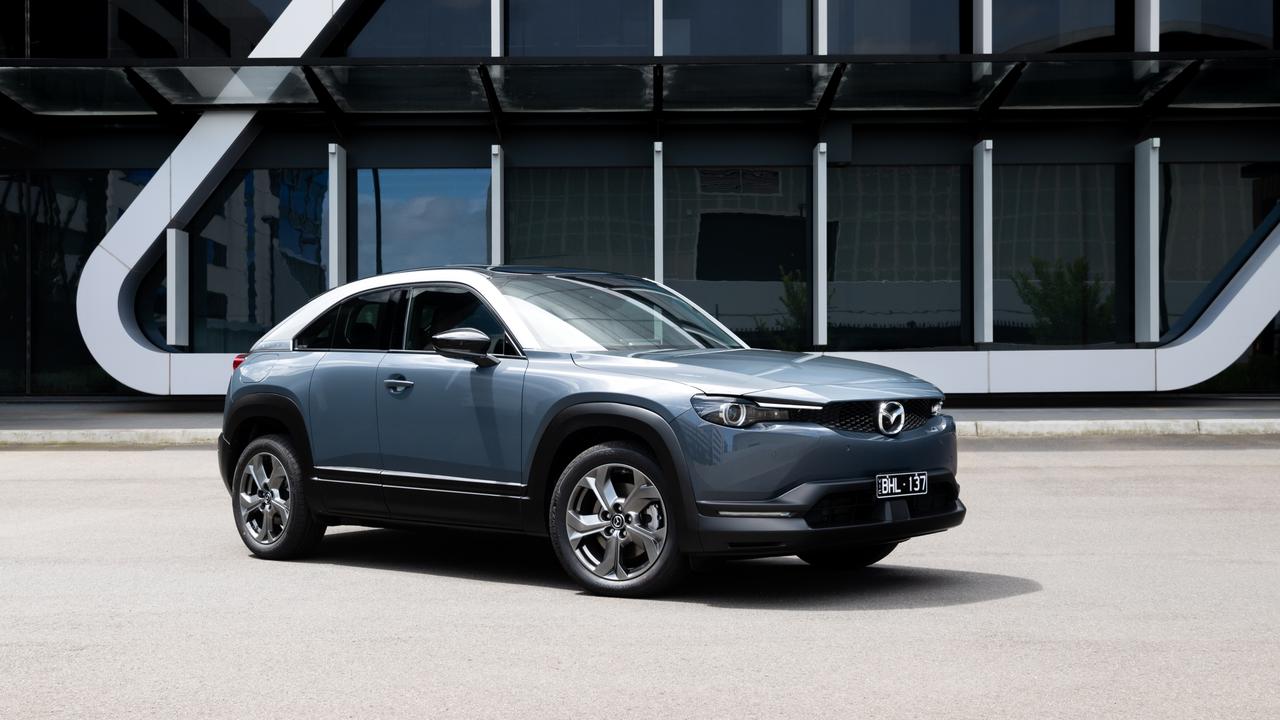
While it’s not particularly quick, the hatchback delivers smooth and fuss-free acceleration without the electric whine of cheaper alternatives.
Mazda claims 17.9kWh/100km energy consumption for the MX-30, which is more than most rivals. We used a little more in the real world.
Numbers aside, the Mazda delivers a refined and familiar driving experience.
You can use shift paddles to dial up a preferred level of braking regeneration, or leave the well-calibrated system to its own devices and enjoy well-judged brake modulation.
Accurate steering lifted from the CX-30 compact crossover meets slightly taut suspension that delivers confidence-inspiring composure when cornering.
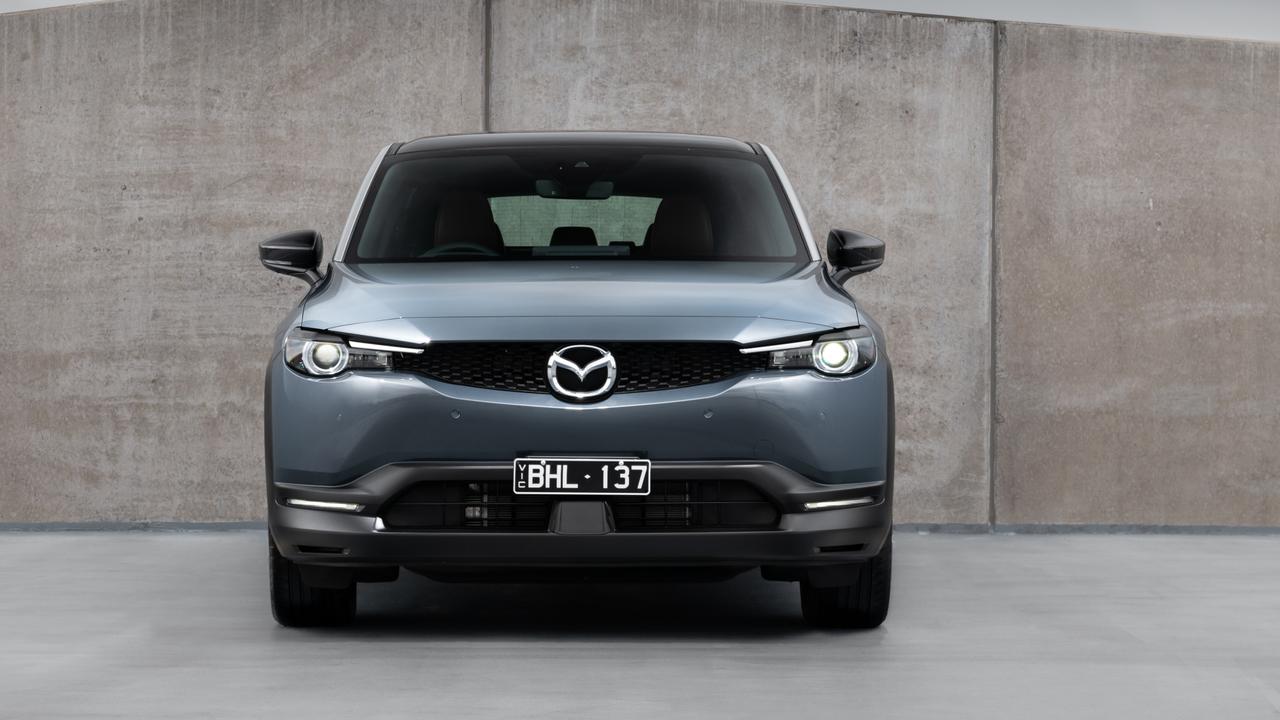
The trade-off is those firm springs can feel a little fidgety on bumpy roads at low speed.
It’s sweet to drive and interesting to behold, but ultimately the MX-30 is too pricey, given its packaging and driving range compromises.
VERDICT 3/5
It’s beautifully presented and refined to drive but the big price tag and practical compromises make the MX-30 a niche proposition.
MAZDA MX-30 E35 ASTINA VITALS
Price: About $71,000 drive-away
Motor: 107kW and 271Nm, 35.5kWh battery
Warranty/Service: 5-yr/unlimited km, $1274 for 5 years
Safety: 10 airbags, front and rear auto emergency braking, active cruise control, blind-spot monitoring, lane-keep assist, rear cross-traffic alert
Range/Thirst: 200km, 18.5kWh/100km
Cargo: 311 litres
Spare: Repair kit
Originally published as 2021 Mazda MX-30 review: SUV let down by poor range and high price



